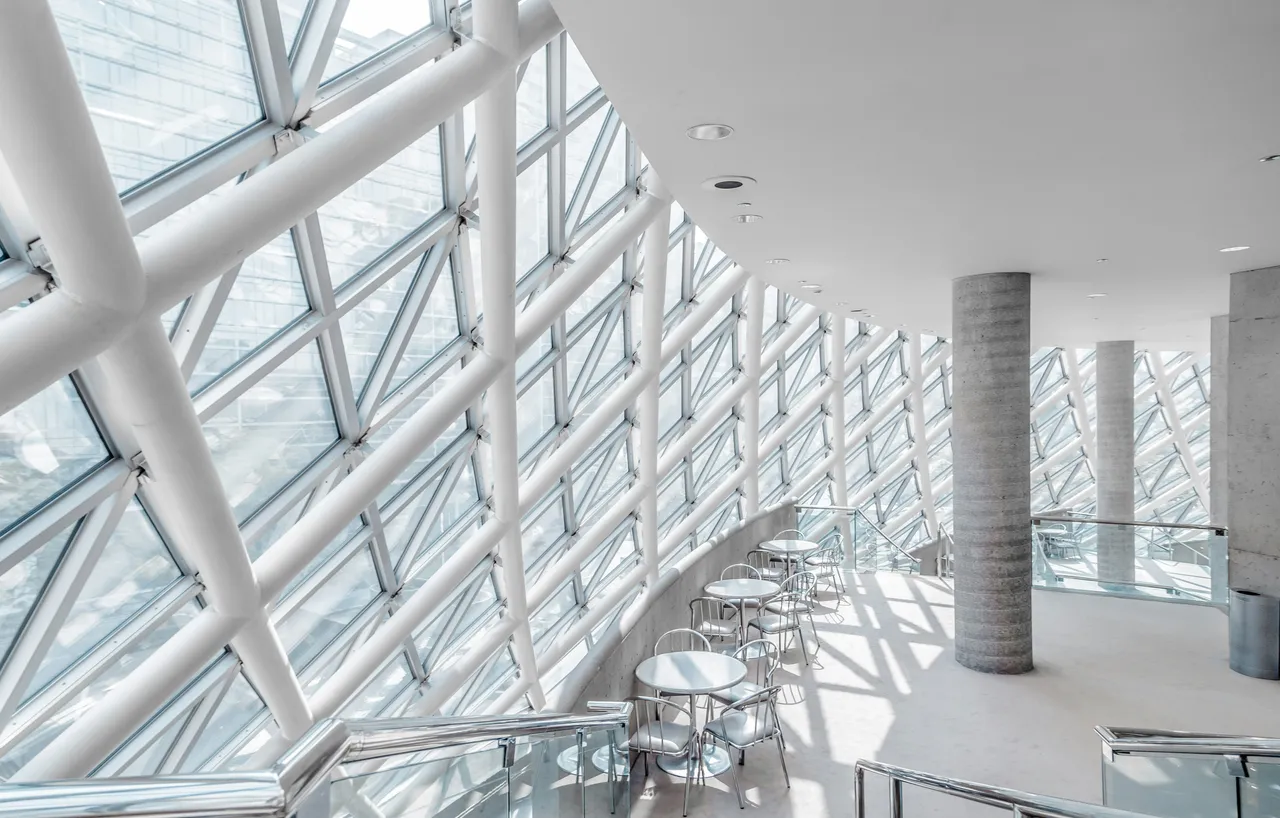Designing for the Future: How Modern Architecture Embraces Environmental Sustainability

In the realm of modern architecture, designing with an eye towards environmental sustainability is not just a trend but a necessity. Today, architects and designers are pioneering innovative approaches to ensure that the buildings of tomorrow are greener, more efficient, and harmoniously integrated with their natural surroundings.
Sustainability in Architecture
The concept of sustainability in architecture goes beyond just conserving energy or using renewable materials. It encompasses a holistic approach to design, which considers the lifecycle impact of buildings, their efficiency in terms of energy and water use, and their overall contribution to the health of the environment and its inhabitants. Sustainable design seeks to minimize waste, reduce greenhouse gas emissions, and use resources more judiciously.
In recent years, the integration of green spaces within architectural designs has gained prominence. These living, breathing elements not only enhance the aesthetic appeal of buildings but also contribute significantly to the reduction of urban heat islands, improvement of air quality, and promotion of biodiversity.
Technological Innovations
Technological advancements play a crucial role in the development of sustainable architecture. From smart glass that adjusts its transparency to control heat and light, to energy-efficient heating, ventilation, and air conditioning (HVAC) systems, technology enables buildings to dynamically respond to their environment and the needs of their occupants.
Moreover, the use of Building Information Modeling (BIM) software allows architects and designers to simulate and analyze the environmental impact of their projects before they are built. This predictive capability ensures that sustainability is not an afterthought but a fundamental aspect of the design process.
Materials Matter
Choosing the right materials is pivotal in the quest for sustainable architecture. Innovative materials such as bamboo, recycled steel, and precast concrete have emerged as eco-friendly alternatives to traditional building materials. These materials are not only sustainable but also offer superior performance in terms of durability and energy efficiency.
Furthermore, the development of new composites and biodegradable materials is pushing the boundaries of what is possible, enabling the creation of buildings that can actually contribute to the environment rather than detracting from it.
The Role of Policy
Government policies and regulations play a significant role in advancing the adoption of sustainable architectural practices. Incentives for green building certifications, such as LEED or BREEAM, encourage developers to prioritize sustainability in their projects. Additionally, urban planning policies that promote density and mixed-use developments can reduce the need for transportation and mitigate the urban sprawl that contributes to environmental degradation.
As we look to the future, it is clear that the field of architecture must continue to embrace and innovate in the realm of environmental sustainability. The buildings of tomorrow must not only serve the needs of their occupants but also respect and enhance the natural world.
In conclusion, designing for the future means creating buildings that are not only visually striking but also environmentally responsible. Through a combination of thoughtful design, technological innovation, and sustainable materials, modern architecture is poised to lead the way in building a greener, more sustainable world.
This article was developed using available sources and analyses through an automated process. We strive to provide accurate information, but it might contain mistakes. If you have any feedback, we'll gladly take it into account! Learn more